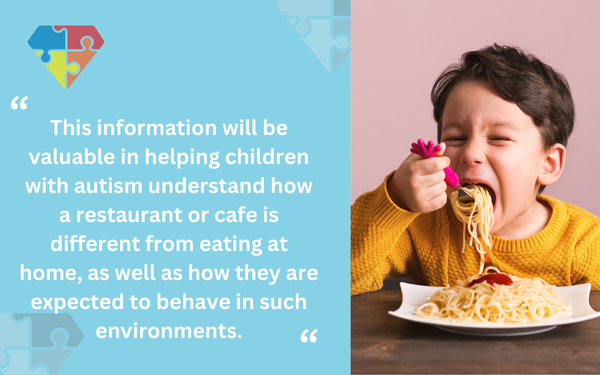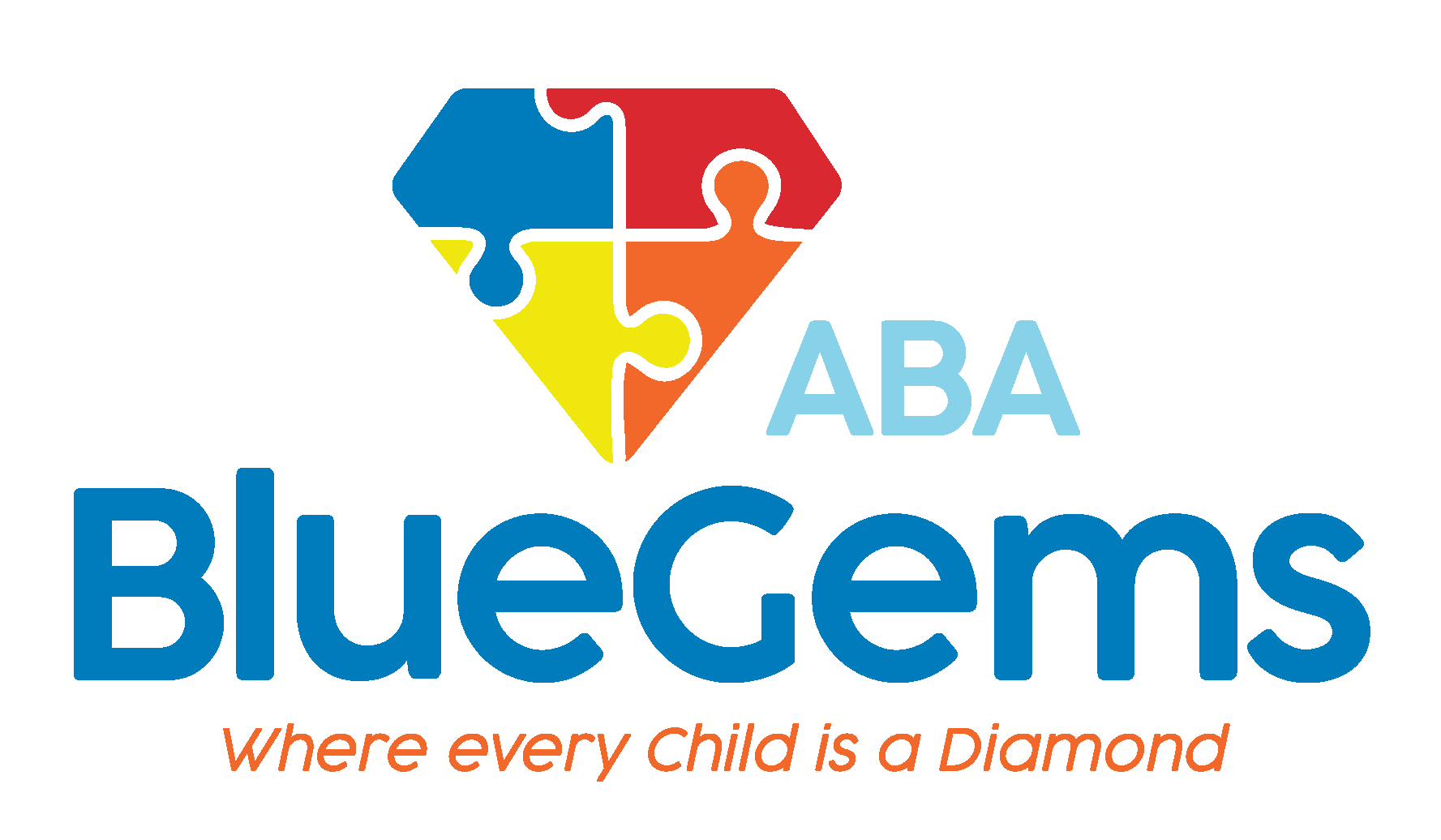How ABA Can Help at Restaurants or Cafes
Going on an outing with a child who has autism spectrum disorder (ASD) can be a nerve-wracking experience. This is especially true in unfamiliar environments and/or ones that provide a lot of sensory input.
Children with autism face many challenges that their neurotypical peers may not, including deficits with communication and social interaction as well as sensory sensitivities. These symptoms and others may make them feel anxious and overwhelmed when they go on a community outing such as to a restaurant or cafe.
That being said, children with autism can certainly learn skills, behaviors and coping mechanisms so they can attend such environments with their families at first and, eventually, possibly even independently as they get older.
Applied behavior analysis (ABA therapy), the leading treatment option for children with ASD, follows a proven, science-based approach to teaching these skills and behaviors. Here’s how it can help at restaurants and cafes.
Table Of Contents
Key Takeaways
- ABA helps children with autism build mealtime and public dining skills gradually.
- Structured plans target specific challenges like sensory sensitivities and communication.
- Therapists use controlled settings and visual aids to prepare children for real-world outings.
- Skills are generalized to actual restaurant/cafe settings with therapist support.
- ABA promotes independence in navigating social and public experiences.
Start with Meal Time Basics
Before children with autism can be expected to successfully go to restaurants or cafes, they must first be able to master meal time basics. This includes building the essential skills needed to feed themselves and also the appropriate behaviors of eating at a table with others.
Some of the skills that need to be built include using utensils; being exposed to different food textures, tastes and smells; sitting and attending at a table for periods of time; and practicing appropriate behaviors.
All of this will be taught in a slow, methodical way, with gradual exposure as children build and layer the skills one on top of another.
| Step | Focus Area | Description | ABA Techniques Used |
|---|---|---|---|
| 1 | Meal Time Basics | Teaching basic eating skills like utensil use, tolerating textures, and sitting at a table. | Gradual exposure, positive reinforcement |
| 2 | Restaurant Readiness | Introducing sensory stimuli, ordering food, and public behavior expectations. | Social stories, visual aids |
| 3 | Skill Building | Customizing plans based on child’s needs and practicing real-life scenarios. | Task analysis, Natural Environment Teaching (NET) |
| 4 | Real-World Application | Taking learned behaviors into real restaurant/cafe settings with therapist support. | Generalization, data-based progression |
Prepare Them for Eating Out
There are similarities between eating at home and eating at a restaurant or cafe, but there are many unique aspects of it, too. These public settings will expose children to additional sensory stimuli and introduce other aspects to having a meal, including ordering, asking for additional items and behaving appropriately in a crowd.
These skills will take targeted interventions, gradual exposure and support. ABA therapy will take a structured approach to each of these skills and behaviors, preparing children with autism for what they are likely to expect when they visit a restaurant or cafe.
In the safe and controlled environment of a therapy setting, therapists can begin to introduce some of the things the child will encounter. They can do this through videos and other visual aids such as social stories.
This information will be valuable in helping children with autism understand how a restaurant or cafe is different from eating at home, as well as how they are expected to behave in such environments.

Start to Build the Skills
Every child with autism is different, so a specific ABA therapy treatment plan will be developed for them to address these specific skills. The plan will be based on the child’s unique strengths, challenges and preferences.
That being said, there are many common strategies that are likely to be followed. This includes tasks analysis, which involves breaking down complex tasks into smaller and more manageable steps; and Natural Environment Teaching (NET), which involves teaching the skills in the natural targeted environment so that they can more effectively generalize the skills and behaviors they’re learning.
The teaching will begin in the same controlled environment and then gradually progress to unfamiliar environments. The good news is that many of the basic aspects of going to a restaurant or a cafe can be replicated in this environment — including sitting and attending at a table, reading and ordering from a menu and requesting more of something.
This makes helping to generalize the skills a little easier, since not every step needs to be mastered in the actual public setting. Once the child has made sufficient progress developing the basic skills and behaviors — based on extensive data analysis by the ABA therapy team — therapists can accompany children to restaurants or cafes to help them begin to apply what they learned to the real-world scenario.
Children Can Learn to Go to Restaurants or Cafes with Blue Gems ABA
Going to a restaurant or a cafe may seem like a luxury, but being able to do so is an important step in living independently. While children with ASD may face challenges that stand in the way of them attending such public places, they can learn the skills and behaviors required through ABA therapy.
At Blue Gems ABA, our team has years of experience teaching children with autism how to navigate potentially challenging situations, such as going to a restaurant or a cafe. Following ABA therapy principles, we craft treatment plans that specifically address target skills or behaviors, selecting strategies and tools based on each child’s unique strengths, challenges and preferences.
To learn more, please contact us today.
Frequently Asked Questions
A: ABA can begin at any age where your child is developmentally ready to start working on mealtime behaviors, even in early childhood.
A: ABA therapy uses gradual desensitization and individual pacing to help children become more comfortable in public environments.
A: This depends on the child’s unique needs, but progress is tracked with data and plans are adjusted accordingly.
A: Yes, once foundational skills are built, therapists can accompany children to apply those skills in real-world environments.



